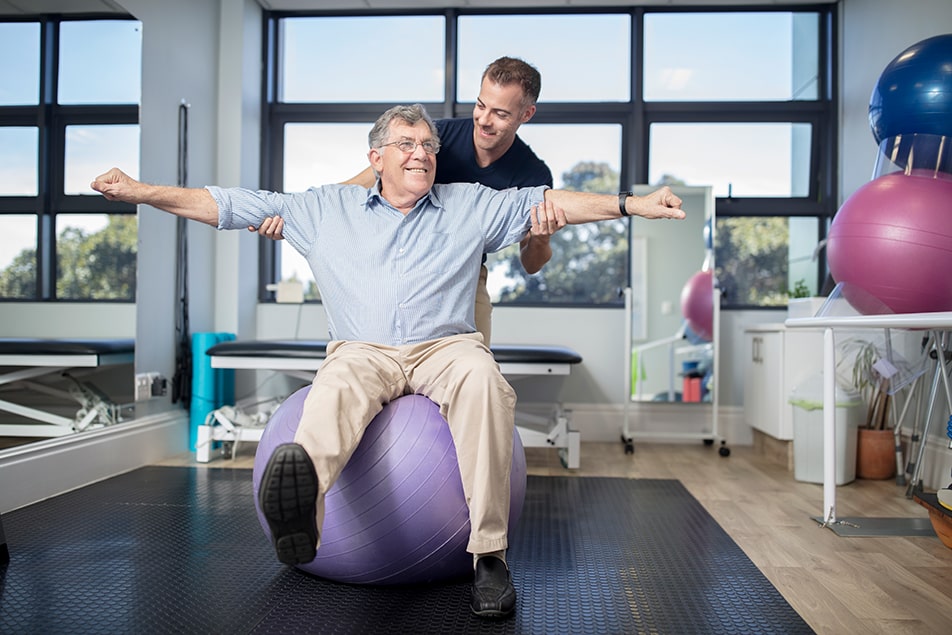2639 Alta Vista Dr, Unit C
Physiotherapy Clinic and Rehab Center
-
Call for help: 613-737-7463
-
Physiotherapy Clinic and Rehab Center
Call for help: 613-737-7463

You are experiencing some problems with your balance or equilibrium. Do not be afraid of your dizziness. With the help of expert vestibular therapy advice, only you can build up the tolerance in your brain to overcome your dizziness. Vestibular rehabilitation exercises help with muscle strength and flexibility, reduced joint stiffness, and increased stamina.
What are the signs that you need vestibular Therapy?
Some of the clear indications for vestibular rehabilitation referrals:
What are the vestibular rehabilitation exercises?
Vestibular exercises aim to improve the brain’s compensation mechanism for injuries or peculiarities. It results in the normal neural signal flow throughout the body.
Following are the exercise techniques:
Cawthorne-Cooksey Exercises for dizziness
The vestibular rehabilitation therapy includes the following exercises:
Gaze stabilization rehabilitation therapy
The vestibular rehabilitation therapy improves vision and the capacity to focus on a stationary object while the head is on the move.
Our vestibular physiotherapist will assess your case and say which exercises are suitable for you.
Below are the steps for gaze stabilization vestibular rehabilitation exercises:
Repositioning procedures (RPs) for benign paroxysmal positional vertigo (BPPV)
Repositioning procedures involve a sequence of specific head and upper body movements that may be able to move the crystals, which is the cause of dizziness back to their correct place in the ear.
Brandt-Daroff exercises for vertigo
Some cases of BPPV do not respond well to RPs and are better handled by Brandt-Daroff exercise therapy or vestibular compensation.
The vestibular exercise therapy involves exposure to movements that provoke dizziness symptoms, and teaches your brain not to listen to the signals it is receiving from the ears as much.
Below are the common positions but may include variations for Brandt-Daroff exercises:
Conclusion
Many times, vestibular rehabilitation therapy is likely to be the only treatment required. Other times, it is a part of other therapies such as presurgery/postsurgery treatment plan. Let’s get in touch to understand more about your specific requirements.
Anna Collins
Thanks for letting us know that vestibular rehabilitation can help those with issues regarding their balance to improve their condition by exposing them to movements provoking their symptoms and physical therapy. My aunt has been struggling with vertigo for a few months now, and we want to help her get better. I’ll have to find a medical center where she can avail of vestibular rehabilitation as soon as possible.